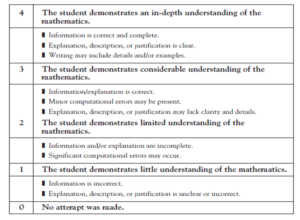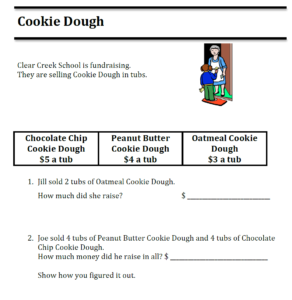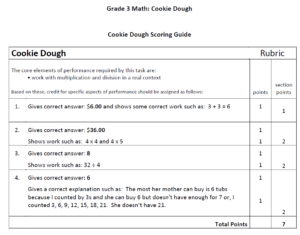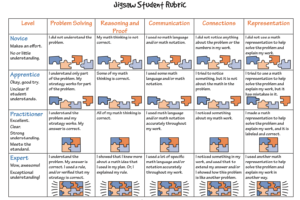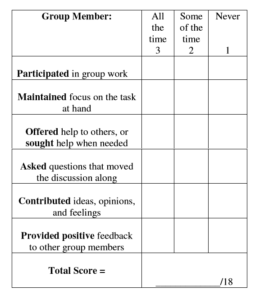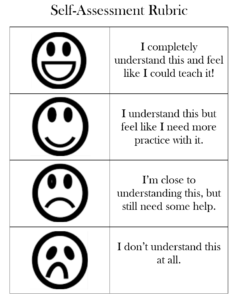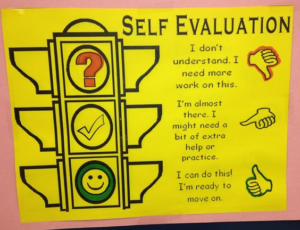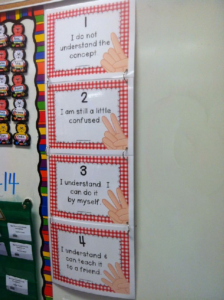What are rubrics?
A rubric is an assessment tool that lists specific expectations for the solution to a problem, group/partner work, self-assessment or success with a specific task. The rubric should be clear, kid-friendly and concise. It’s even better when you create a rubric with your students so they have buy-in to the whole process. The feedback with the use of the rubric should be timely (within a concept) so students can learn from their misconceptions and adjust to show growth. Rubrics are also a great tool to use with goals setting and conferencing with students.
What are different types of rubrics?
• Generic – could be applied to any problem/performance task or situation in the math class.
• Self-Assessment of understanding – gives students a chance to reflect on their level of understanding.
• Task specific – goes with a specific problem or performance task. The rubric typically sites specific examples.
• Process of solving a problem – based on the process or steps used to think through and solve a problem.
• Situation specific – could be based on the process of thinking through a problem or even assessing group or partner work.
What are the different uses of rubrics?
• To assess work with partners/groups
• To provide feedback on a specific performance task
• To provide feedback on a journal entry
• To assess the process of how you get the solution to a problem
• To self-assess understanding
• To set goals
How do I get student buy-in with the use of rubrics?
Have students give input into the creation of the rubric. This will give them clear expectations for what their work should look like.
• Considering using the 5 senses: I should see…, I should hear…, etc. to make it clear and concise
• Consider using numbers, colors or graphics to determine the levels
How do I use rubric data to determine trends?
The purpose of rubrics is to give timely and clear feedback. The purpose is not to just average grades and place them in a gradebook. Record the rubric data in a part of the gradebook to determine trends of understanding students have. For example… “I noticed during Unit 3 Sam had a good clear understanding of multiplication and division, but in Unit 4 he struggled with 2d shapes… I need to give him additional support with this concept.” It is also helpful to communicate with parents their child’s strengths and weaknesses and come up with a goal for improvement.
Please visit https://goo.gl/kFb95e or http://goo.gl/THcJRb for more information on using rubrics in the math classroom.
For some examples on rubrics for the process of solving a problem look at the thermometer and jigsaw examples at http://goo.gl/Vy4n5r.
For example performance tasks, with task specific rubrics visit http://goo.gl/dFmv2P, and click under the performance assessment task titles for each domain that are linked.
